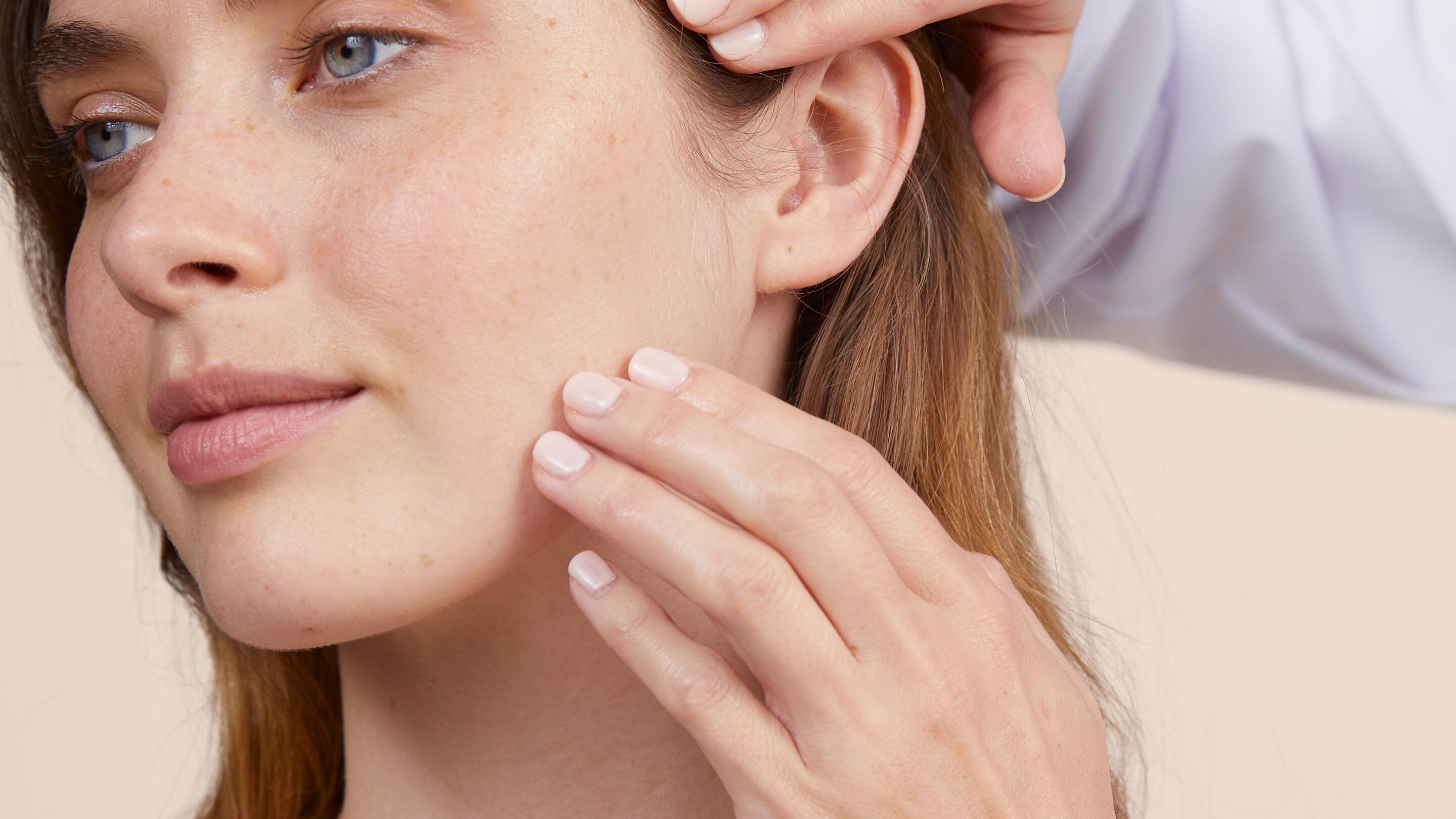4 results "Skincare for very dry skin and eczema-prone skin"
XERACALM A.D Lipid-replenishing cream


XeraCalm
XERACALM A.D Lipid-replenishing cream
Nourishes - Hydrates - Soothes
XERACALM A.D Lipid-replenishing cleansing oil


XeraCalm
XERACALM A.D Lipid-replenishing cleansing oil
Nourishes - Cleanses - Soothes
XERACALM NUTRITION Moisturizing lotion


XeraCalm
XERACALM NUTRITION Moisturizing lotion
Nourishes - Hydrates - Soothes - Strengthens the skin barrier
XERACALM NUTRITION Cleansing gel


XeraCalm
XERACALM NUTRITION Cleansing gel
Softens - Protects - Nourishes - Cleanses
Loading...
Which skin care routine should you adopt?
Identify what it really needs with the help of our experts and discover the most suitable skin care routine for you.

